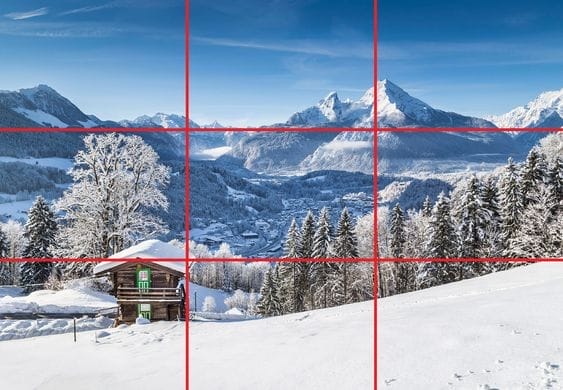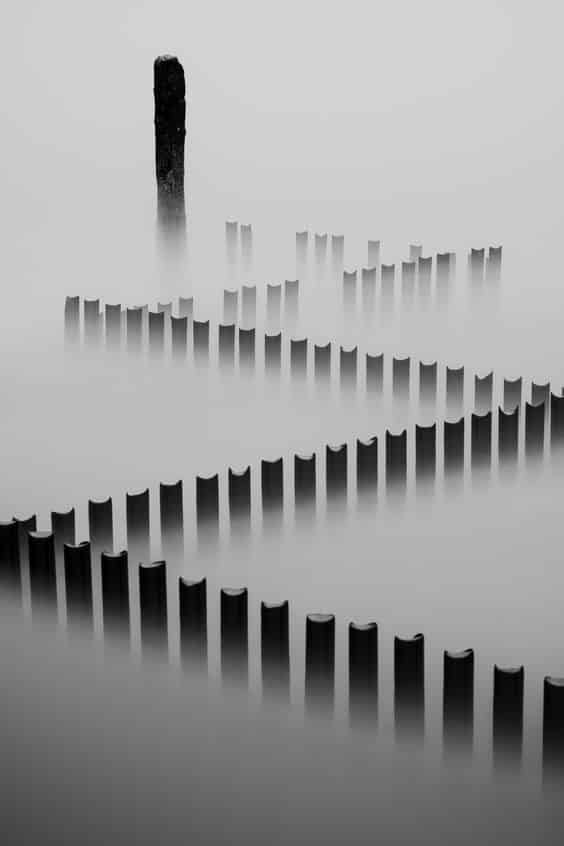Tips on photographic composition. How does that work? how to prepare yourself as best you can?
Principles, rules and guidelines from photographic composition
overturning
It is a simple compositional technique used to place objects or to better divide the photo space. the principle states that for each rectangle there are two squares built on the smaller sides. tipping is achieved by mentally bringing the short sides of the rectangle back to the long ones and building the fourth side.
Some argue that it is possible to achieve good visual and perceptual results even by inserting an element into one of these lines.
The third-party rule of photographic composition
The third-party rule was devised by John Thomas Smith in 1797. It provides that the frame is divided into nine sectors by vertical and horizontal lines and that the elements of interest are placed along these lines or at their intersection points.

The golden section
This rule of composition is based on the observation that lines divided according to a specific relationship would be more harmonious and more aesthetically pleasing. A line c consisting of two parts a and b, is divided into the golden proportion when the ratio a:b is equal to the ratio b:c.
The diagonal method
Edwin Westhoff discovered this method while studying the third-party rule. He had noticed that the artists tended instinctively to place the elements of interest on the bisectors of the right angles of the frame. Such bisectors are also the diagonals of the two partially overlapping squares, built on the smaller sides of the image rectangle.

If you liked the article we refer you to our section “the photographer’s tent”. I recommend following us on Facebook!